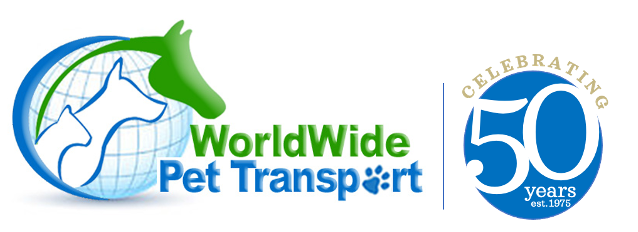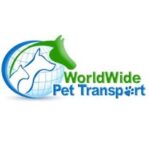Travel Tips
Bedding & Travel Kennel
An old blanket /Towel/Sheet/T-Shirt can be used as bedding inside your pet’s travel kennel. It will have the scent of the home and help make your pet feel more comfortable. We recommend acclimating your pet to the travel kennel in advance, whenever possible. Placing treats inside can help coax a pet into entering the kennel. Keep the kennel in a familiar/friendly place and leave the door open so your pet can enter/exit freely.
Getting Your Pet Ready
Pets should get extra exercise the days leading up to departure. This will make them already tired for their journey. We recommend getting their nails clipped for safety reasons.
Food and Water
Please feed only a very light meal 4 hours prior to scheduled pickup time. We don’t want your pet to get air sick or have a full belly during the trip. Feel free to provide the normal amount of water. We will fill the water bowls with ice prior to check-in, as it will melt throughout the trip. We are only able to take a small amount of food, which should be placed in a zip lock bag. It will be secured to the top of the kennel. Special attention should be given to large, deep-chested dogs upon arrival. Food and water should be re-introduced in small increments to avoid possible complications with bloat, a medical condition in which the stomach becomes overstretched and twisted (see attached for more information on this serious and sometimes deadly condition).
Personal Items
Personal items, like leashes, collars, bowls, and toys, should not be sent with your pet. They are not allowed inside the travel kennel and they tend to get lost/removed if secured to the top. These items should be packed with your household goods. Chew toys are not allowed inside the kennel for safety reasons. Any items left with us would be secured to the top of the travel crate however run the risk of being lost during transit. The airline accepts no responsibility for lost personal items.
Boarding
WWPT can arrange boarding in both the origin and destination city if required or requested. In some cases, an overnight stay is required while en route due to the flight schedule. In this instance, we will make all necessary arrangements to ensure that your pet is fed and walked so he/she has a comfortable, restful night.
Tranquilizers/Sedatives
We do not recommend any sedatives and most airlines will refuse to accept a pet that has been sedated. The AVMA (American Veterinary Medical Association) strongly discourages the use of tranquilizers or sedatives at altitude. Even though the aircraft is pressurized and climate controlled, the effects of these medications can vary when at cruising altitude and may affect your pet’s ability to regulate his/her breathing and body temperature.
Bloat in Dogs
Bloat is a very serious health risk for dogs and can be deadly, particularly for deep-chested dogs. In short, Gastric Dilatation-Volvulus (twisting) is bloating of the stomach often related to swallowed air (along with food/fluid). Bloat occurs when there is abnormal accumulation of air and fluid in the stomach and stress can be a contributing factor. Please consult with your veterinarian for medical information on causes, symptoms, prevention, and in the case of emergencies. For more information, please visit https://pets.webmd.com/dogs/gastric-volvulus-bloat-dogs#1
If you believe your dog is experiencing bloat, please get your pet to a veterinarian immediately!




